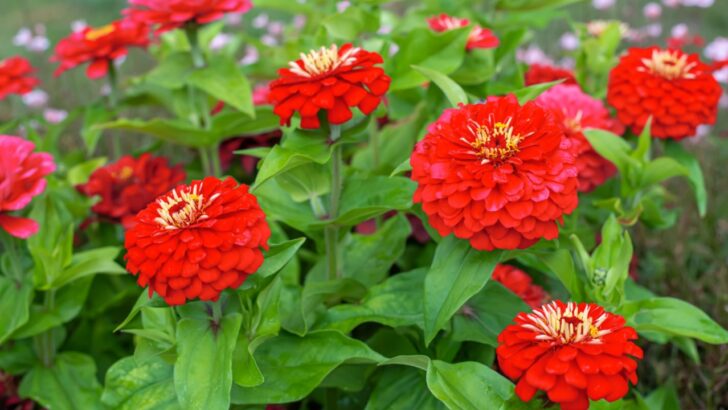Nothing catches the eye in a garden quite like a bright red flower, for humans and hummingbirds alike.
And while perennials certainly have their benefits, the quickest way to get these show-stopping crimson blooms into your garden is to plant annuals. To help you choose among the many plants available, here is a list of annual red flowers that will bring a pop of color to your garden.
1. Geranium (Pelargonium x hybridum)
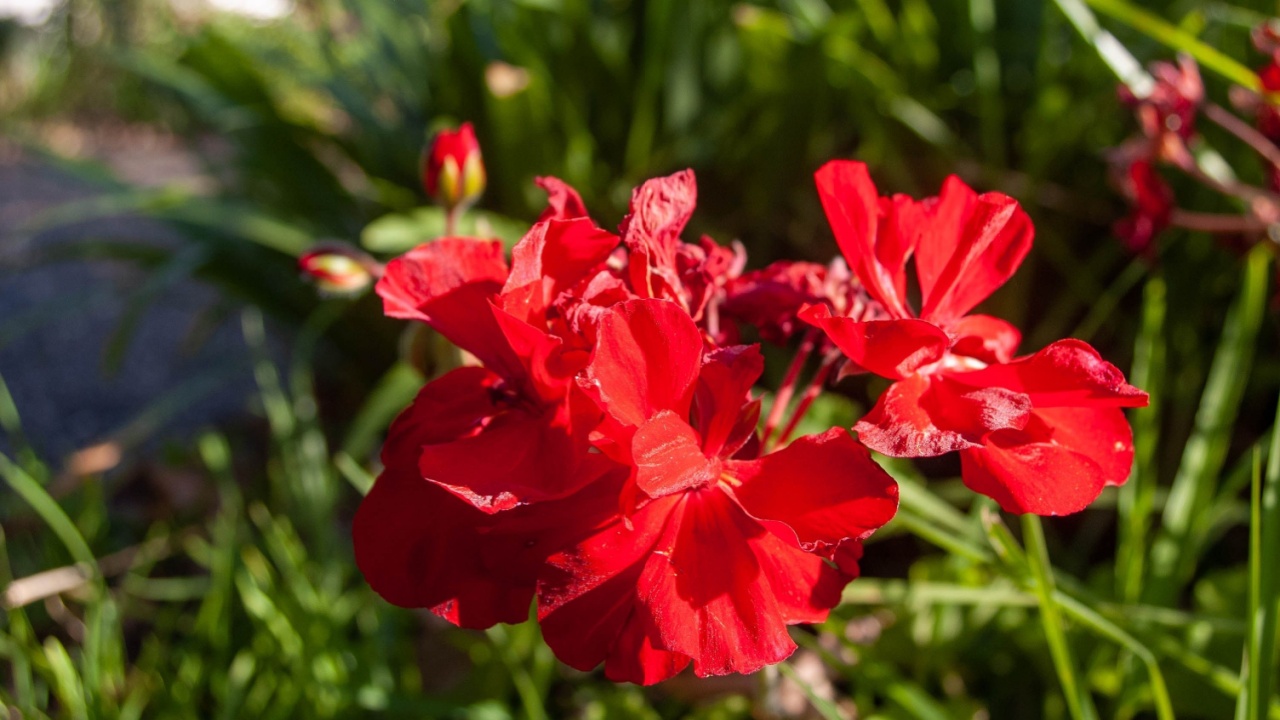
Image Credit: Shutterstock.
The iconic geranium is known for its bold red umbels. Equally happy in the ground and containers, geraniums brighten up gardens, patios, and porches from summer until first frost.
Geraniums will overwinter in the warmer climates of zones 9-11, but otherwise they can be grown as annuals or brought inside before frost. They perform best in full sun and moist, well-drained soil.
2. Penta (Pentas lanceolata)
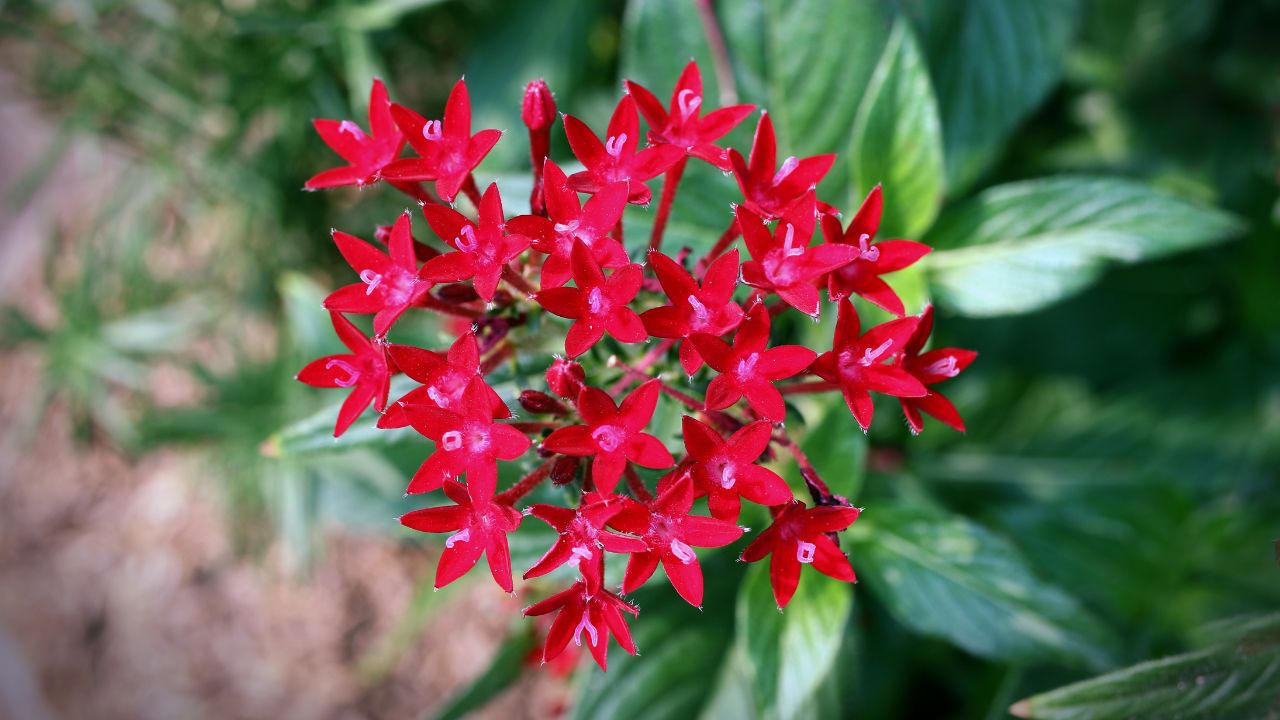
Image Credit: Shutterstock.
Named for its five petals, pentas produces vibrant clusters of star-shaped flowers on one- to two-foot-tall plants. The bright color and tubular shape of the blossoms attract hummingbirds, while deer tend to avoid the plant.
Pentas thrive in well-drained soil and full sun, though they will tolerate drought and partial shade. Though grown as annuals in most areas of the US, they overwinter in zones 10-11.
3. Zinnia (Zinnia elegans)

Image credit: Backyard Garden Lover.
Zinnias add cheerful color to vegetable gardens and flower beds alike. They also make beautiful cut flowers! Because new blossoms grow above spent flowers, zinnias bloom all season without the need for deadheading.
Zinnias are easy to grow from seed and can be sown anywhere with full sun and good soil drainage. They thrive in USDA hardiness zones 2-11.
Here are some tips for growing zinnias.
4. Salvia (Salvia spp.)
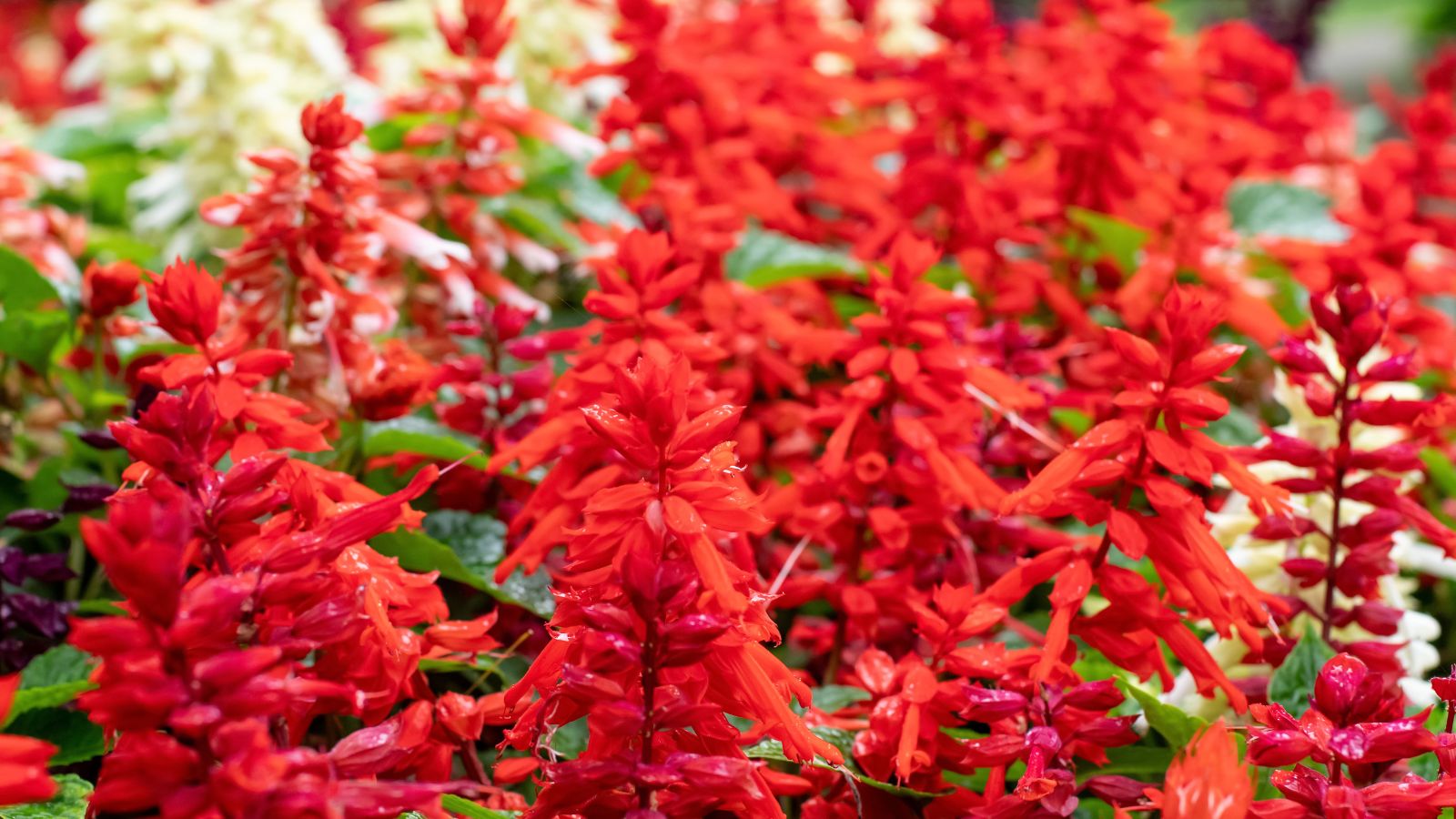
Image Credit: Depositphotos.com.
Another hummingbird magnet, salvia produces spikes of tubular flowers that also attract hummingbirds and other pollinators. Members of this genus range from the fragrant, edible herb known as sage to purely ornamental plants. Scarlet sage (S. splendens) is an especially good choice for red flowers.
Salvia grows best in full sun and well-drained soil rich in organic matter. Some cultivars self-clean and do not need deadheading.
5. Petunia (Petunia x hybrida)
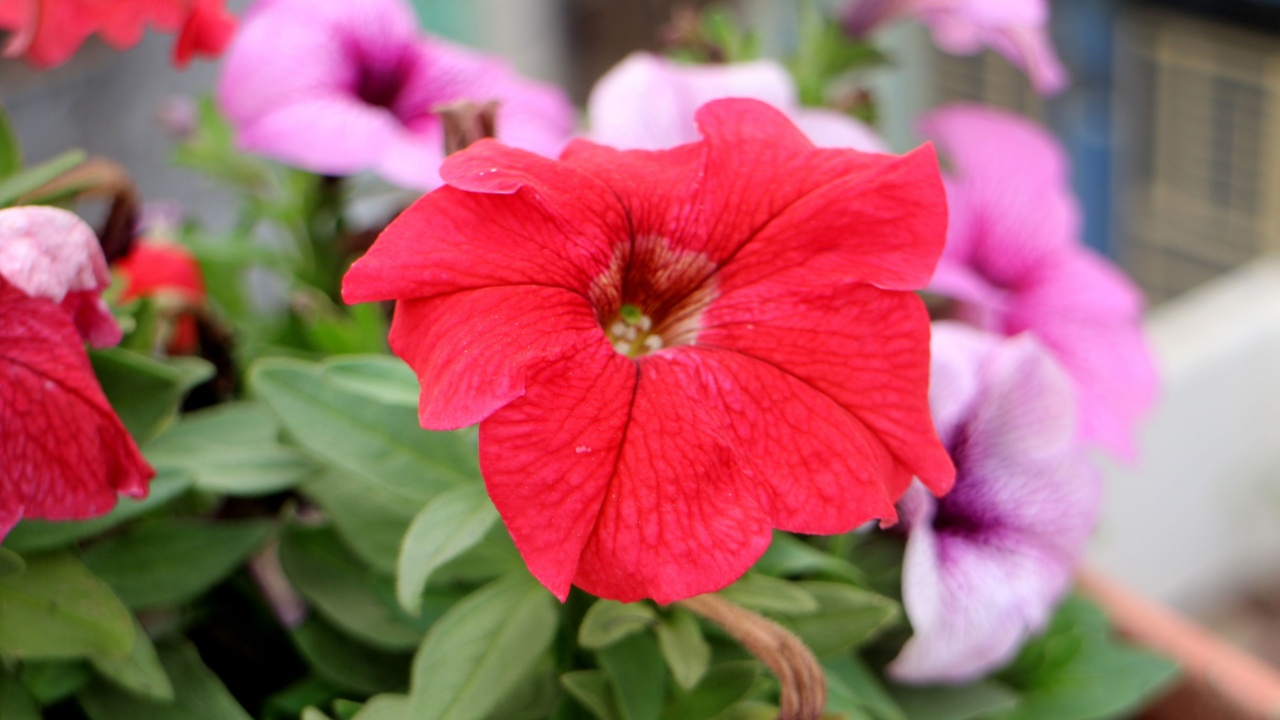
Image Credit: Shutterstock.
Among the most popular annuals, petunias provide vivid color and fill in blank spaces quickly. They bloom continuously throughout the summer and can be grown just about anywhere, from flower beds to hanging baskets. The vivid, tubular flowers attract hummingbirds and butterflies.
Though they tolerate shade, petunias will bloom best in full sun. They also prefer moist, well-drained soils.
Check these ideas for landscaping with petunias.
6. Begonia (Begonia sp.)

Image Credit: Shutterstock.
The broad genus of begonias encompasses many shapes and flower colors, including beautiful shades of red. The waxy leaves range in color as well, adding to the beauty of the plant. While some cultivars form two-foot mounds, others remain under a foot tall.
Begonias tolerate most well-drained soil types. In contrast to many annual flowers, begonias prefer full shade but will tolerate filtered sunlight.
7. Impatiens (Impatiens walleriana)
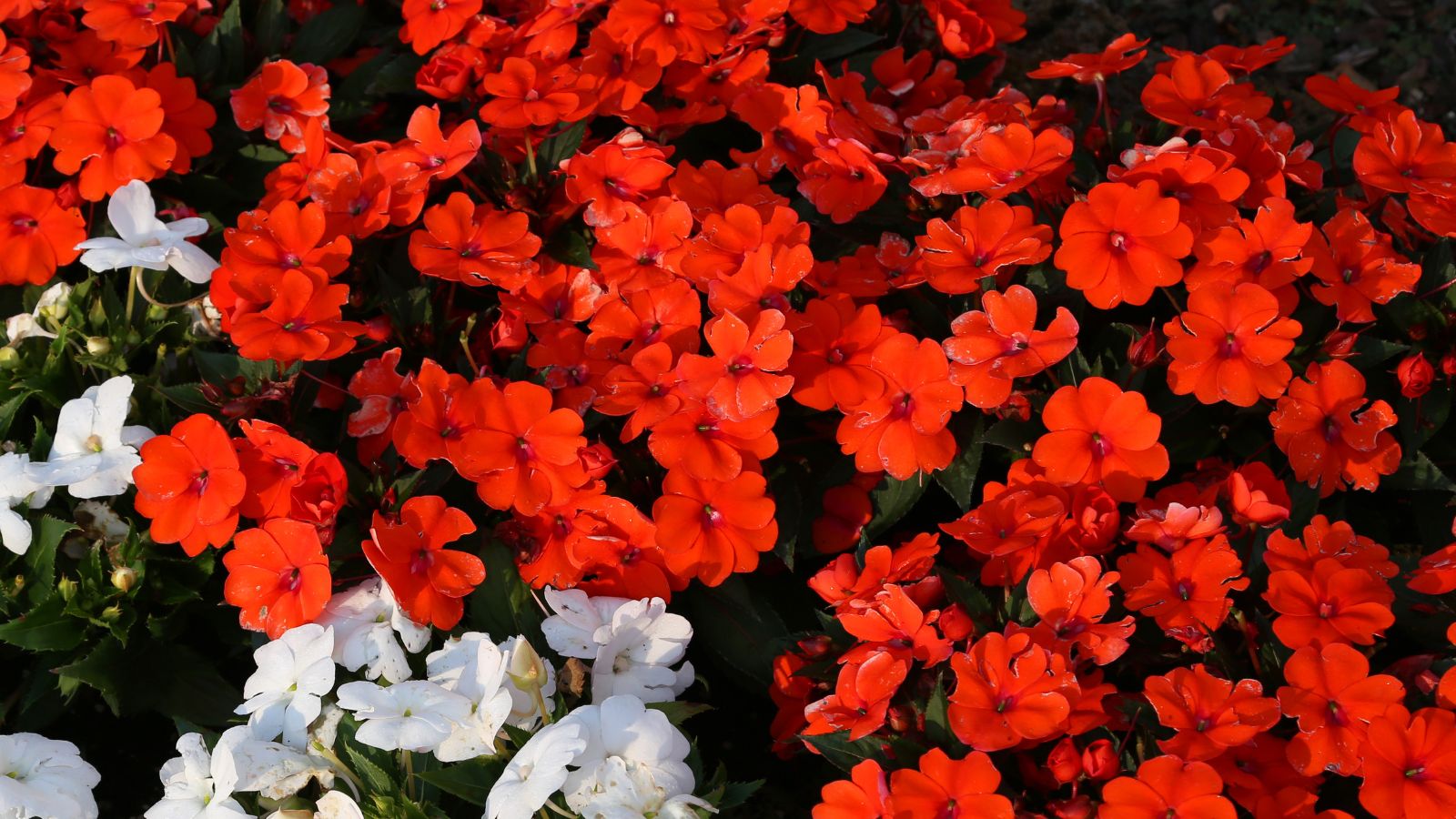
Image credit: Depositphotos.com
Another great option for shade gardens, impatiens bloom prolifically from late spring until the first frost. These fast-growing flowers have a dense mounding or clumping habit and may self-sow. They grow six inches to two feet tall and wide, and the five-petaled flowers may be single or double.
Impatiens require moist, well-drained soil. Though most thrive in part to full shade, Sunpatiens have been developed to grow in full sun.
8. Nasturtium (Tropaeolum majus)

Image Credit: Shutterstock.
Often grown for their peppery flavor or to attract pollinators and other beneficial insects to the vegetable garden, nasturtiums are also beautiful. They have vibrant tubular blossoms and striking round leaves and range from bushy dwarf types to long, trailing vines. ‘Empress of India’ has especially lovely deep red blossoms.
This easy-to-grow, drought-tolerant flower thrives in well-drained, poor to average soils and full sun, though it may appreciate some afternoon sun in hot summers.
See our nasturtium growing guide here.
9. Vinca (Catharanthus roseus)

Image Credit: Shutterstock.
While some flowers fade in the heat of summer, vinca begins blooming in July and continues full-force until fall. It makes a wonderful drought-tolerant groundcover and requires no deadheading or pinching. It is also rarely bothered by deer or rabbits.
Vinca thrives in full sun to dappled shade, and it will grow in just about any well-drained soil.
10. Cockscomb (Celosia spp.)
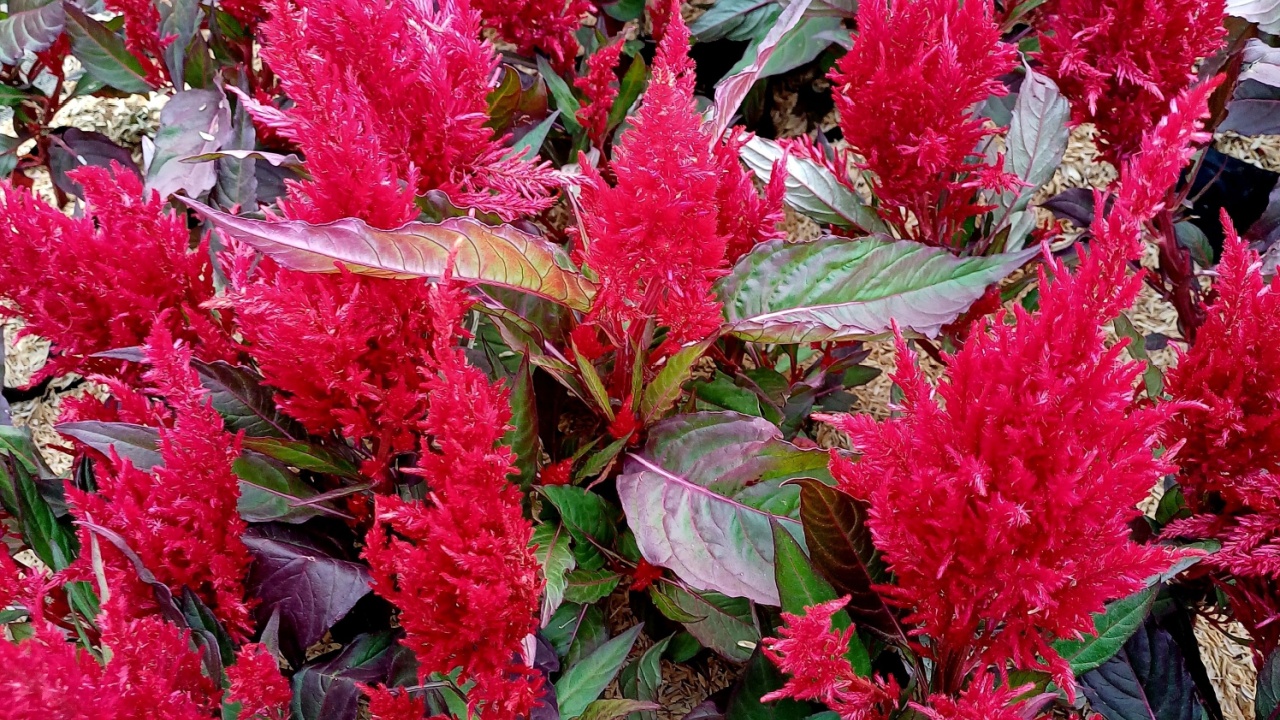
Image Credit: Shutterstock.
Cockscomb has wonderfully unique, frilly blooms that add texture as well as vibrancy to the garden. With varieties ranging from six inches to three feet tall, they can be planted both in containers and in the ground.
Plant cockscomb in full sun and well-drained soil. It tolerates most soil types but does not like wet feet.
11. Strawflower (Xerochrysum bracteatum)
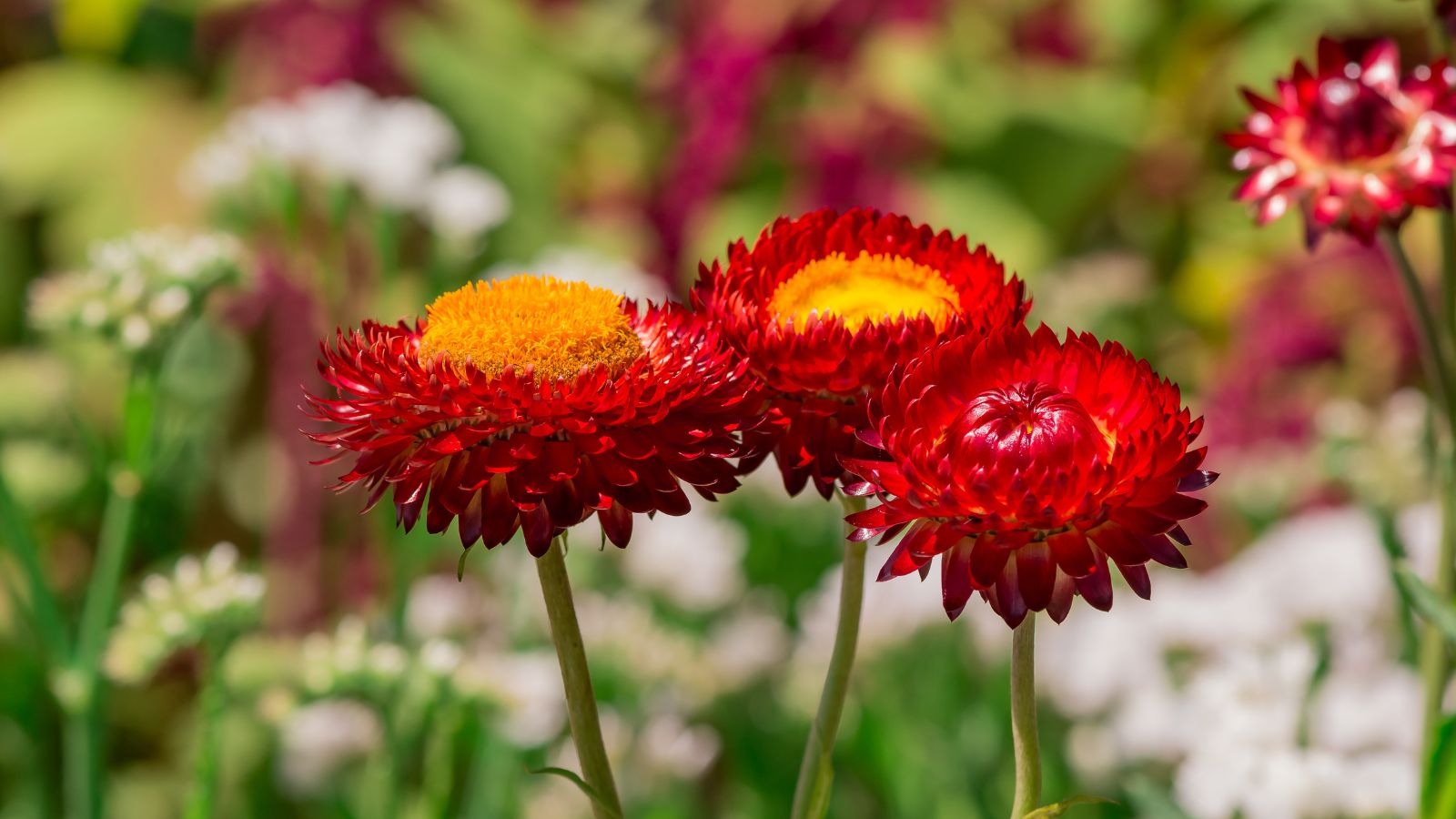
Image Credit: Depositphotos.com.
Also called everlasting flower, strawflower blooms from late spring until frost. The daisylike flowers with stiff, papery petals last a long time as cut flowers and retain both their color and shape when dried.
Though a tender perennial in zones 8-10, strawflower is often grown as an annual. It thrives in full to part sun and average to dry soils and tolerates some drought.
Love Red Flowers? Here Are 5 Red Shade Perennials For Your Low Light Garden
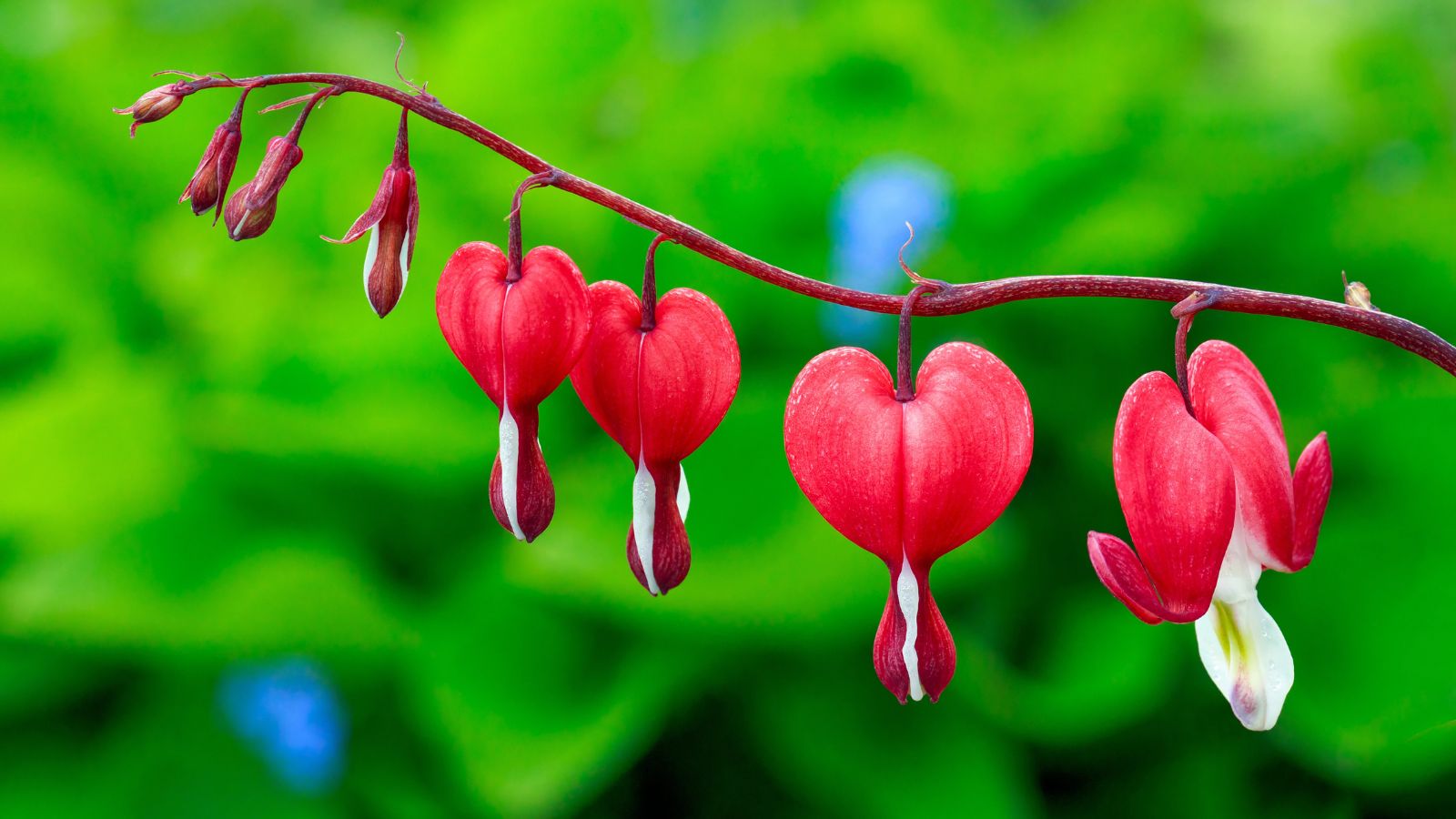
Image Credit: Depositphotos.com.
While it’s hard to find red flowering plants that thrive in full shade, many will tolerate partial or light afternoon shade.
Here are 5 red perennial flowers that can grow in the shade. You can plant them once and enjoy their red shades for year to come.
More Red Plants To Try
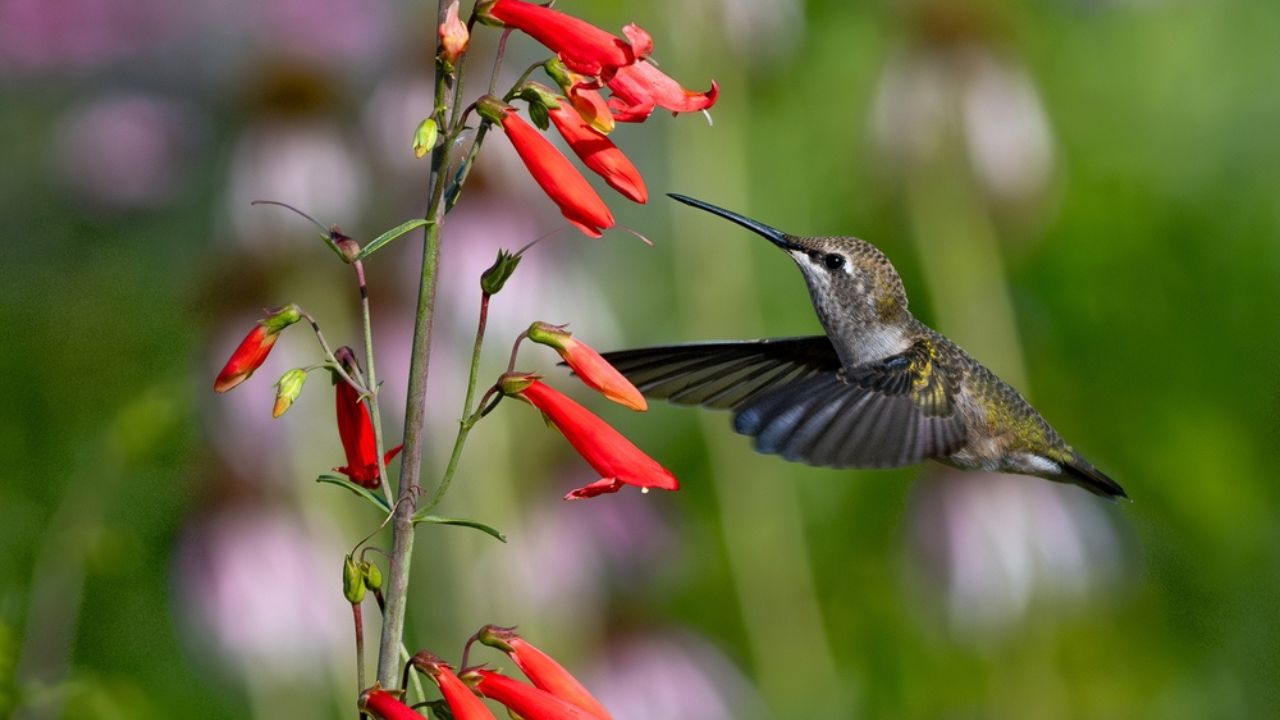
Image Credit: Shutterstock.
Want more inspiration? Here are a few more lists of plants with red flowers:
With the right mix of red shrubs, flowers, and trees, your yard will be radiant!

